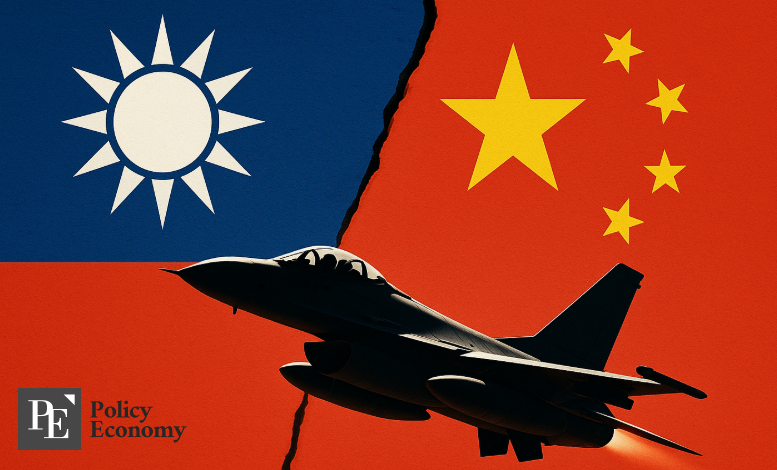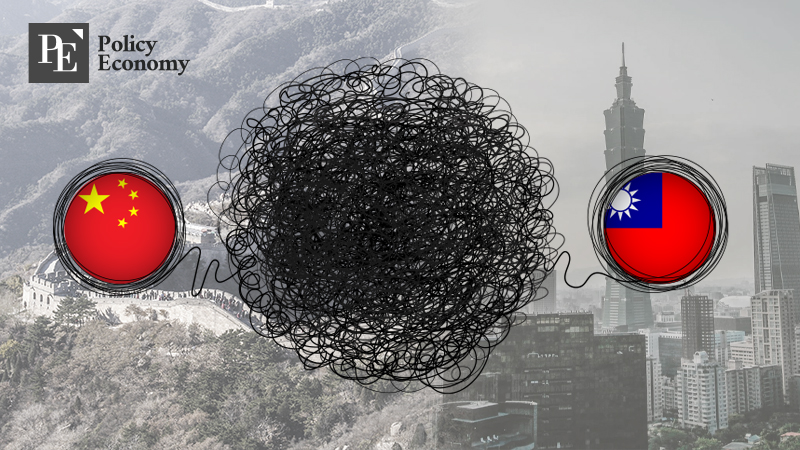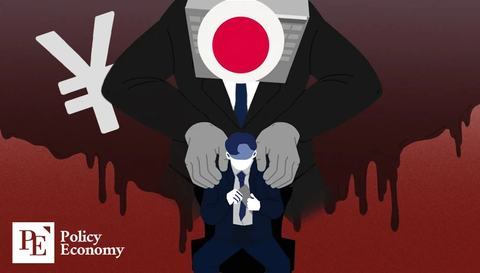"China Drastically Boosts Surprise Attack Capabilities for Taiwan Invasion — Could an Invasion Become Reality by 2027?"
Input
Changed
Missile Batteries and Amphibious Assault Units Bolstered China Greatly Enhances Surprise Attack Capabilities on Taiwan Simultaneous Sea and Air Pressure Tactics

Reports from foreign media suggest that China has significantly improved its capabilities to launch a surprise attack on Taiwan. Analysts say the Chinese military is effectively maintaining a constant state of war readiness by frequently deploying forces in the Taiwan Strait and airspace near Taiwan.
China’s Military Power Evolving
On May 26 (local time), the Financial Times (FT) quoted a senior Taiwanese military official as saying, “The capabilities of the Chinese Air Force and missile units have advanced to the point where they can shift from peacetime to wartime operations at any moment.” Other Taiwanese defense officials told FT that the People's Liberation Army (PLA) regularly conducts training near key ports for a potential amphibious landing on Taiwan, and that Chinese Army aviation units are continually performing airborne assault drills.
According to Taiwan's Ministry of National Defense, PLA fighter jets now enter Taiwan's Air Defense Identification Zone (ADIZ) more than 245 times per month—an enormous increase from fewer than 10 monthly incursions five years ago. FT reported, “Chinese aircraft now cross the median line of the Taiwan Strait—long considered a de facto boundary—over 120 times a month.” Citing U.S. defense sources, it noted this is clear evidence of growing aerial pressure on Taiwan.
New Fighters Expand Combat Reach
In a show of strength, China dispatched 153 fighter jets near Taiwan in a single day last October. A Taiwanese defense official said China has expanded its aerial combat range by deploying new fighter jets like the J-10, J-11, J-16, J-20, and Y-20 aerial refueling aircraft. These aircraft can now operate over Taiwan from inland bases without needing to refuel at coastal installations.
China’s naval power has also surged. Since 2022, the PLA Navy has frequently deployed forces through the Miyako and Bashi Straits—China’s main maritime gateways to the Pacific. On April 1, China conducted its first Taiwan encirclement drill since October of the previous year. Though not a direct military attack, a string of incidents—including undersea cables being cut in Taiwan's region and a collision between a Taiwanese landing ship and a Chinese fishing vessel in March—are raising suspicions of Chinese sabotage aimed at destabilizing Taiwan. The U.S. Department of Defense has described these activities as "a rehearsal for a reunification war."
China is also heavily reinforcing its ground forces. Under President Xi Jinping’s command structure reforms initiated in 2015, large ground units were broken into smaller, more mobile ones—six amphibious brigades now reportedly stationed along China’s coast facing Taiwan. Professor Joshua Arostegui, a China expert at the U.S. Army War College, said, “This demonstrates China’s increasing focus on Taiwan and the foundation being laid for real warfighting capability.”

Taiwan Encirclement: Not Just a Drill, But a Rehearsal
Security experts now widely believe that a Taiwan Strait conflict in 2027 is no longer just a possibility—it is becoming an accepted expectation. The theory of a 2027 Chinese invasion of Taiwan began circulating in U.S. media around the time of the 20th Communist Party Congress in October 2022, when Xi Jinping secured a third term as leader. The belief is that Xi may attempt to achieve “national reunification” with Taiwan by the final year of his current term to justify his extended rule.
This theory gains traction considering Taiwan’s next presidential election is set for early 2028 and Donald Trump, should he be re-elected, would be entering a potential lame-duck phase in 2027. These factors suggest 2027 may appear to Beijing as the most strategic time for reunification.
A recent warning from a top U.S. commander further supports this projection. Admiral Samuel Paparo, Commander of U.S. Indo-Pacific Command, stated at a recent event in Hawaii with representatives from 20 Asia-Pacific allies:
“Last year, China executed an aggressive maneuver by deploying 152 warships, three-quarters of its amphibious assault force, and dozens of brigades around Taiwan in just one day. This was not a drill—it was a rehearsal. China is on a very dangerous path.”
Paparo acknowledged that while the U.S. maintains superiority in space and submarine warfare, China is outpacing the U.S. in weapons manufacturing, including naval vessels. He also noted that Chinese warships conducted live-fire exercises in February off southeastern Australia, saying “China is evolving into a global military power.”
He concluded with a stark warning:
“2027 is not necessarily the invasion date—it’s the target year for full preparedness. In areas such as rocket forces and satellite surveillance systems, China has already achieved some of its 2027 goals.”





















